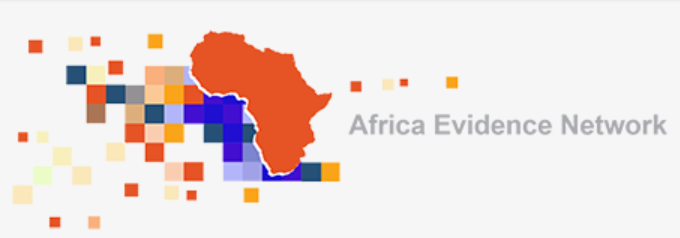
One of the participants speaking at the Siyakha launch, a youth unemployment study hosted by the Centre for Social Development.
This was the question that was asked at a Roundtable meeting convened by the Centre for Social Development (CSDA) in Africa at the University of Johannesburg and the Poverty & Inequality Initiative (PII) at the University of Cape Town in February 2015. The meeting, which brought together representatives from key government departments and civil society, lamented the lack of progress on youth unemployment that has been made since the early 1990s.
By the third quarter of 2016 about 48% of South Africans between 15 and 34 were unemployed. Some of these are in education but just under a third of young people are not in education, employment or training, meaning that they are not improving their skills nor gaining valuable work experience. These young people are at risk of chronic unemployment. The figures of unemployment amongst youth have worsened since 2008 when we began to see economic decline. Most worrying is that more young people are becoming disillusioned and are opting out of the labour market.
This worsening situation is despite significant policy attention and the implementation of a range of public and private interventions. The Youth Employment Accord, the youth targets for the Expanded Public Works Programmes, increased spending on the National Student Financial Aid Scheme and the introduction of the Employment Tax Incentive are but a few of the significant state investments into addressing youth unemployment. Civil society and private sector actors have also played a role in training young people. Yet we do not see improvements.
Stakeholders at the roundtable questioned why this was the case especially since we have so much research about the drivers of youth unemployment. What are we doing wrong or what are we missing that has led us to this precarious situation? Are we ignoring the evidence?
It was these questions that drove a collaborative initiative to synthesise the evidence about youth unemployment drivers and interventions in South Africa conducted since 1990, to identify gaps in our knowledge, and to develop a theory of change that would inform future policy directions and interventions to improve youth employment outcomes.
Currently evidence about unemployment generally is conducted in a fragmented way, within disciplinary or discursive siloes (Fourie & Leibbrandt, 2012). These are:
- the labour market cluster which, in broad terms, focuses mainly on supply side issues,
- the poverty-development cluster which has a broader focus and sees unemployment as part of a larger problem of poverty and inequality and
- the micro- and macro-sectoral cluster, which focuses mainly on the issues on the demand side of labour.
The same can be said for much of the research and interventions on youth unemployment. For instance there is a strong focus on demand side issues – issues that have to do with the nature of the labour market and why youth are not absorbed into the labour market. Such research is often conducted by economists. Supply side research focuses on issues pertaining to young people themselves – their training and the personal and household level factors that constrain their access to the labour market. Such research is often conducted by social scientists or psychologists. Such as situation leads to a fragmented view of the challenge. As Fourie and Leibbrandt argue, when dealing with a problem as intractable as unemployment it is important to consider all of the disciplinary debates and to aim to learn from, and integrate, such insights (2012: 3-4).
With this in mind the team of researchers from the CSDA at UJ and the PII at UJ embarked on a systematic overview of youth (un)employment in South Africa. The systematic overview is an evidence synthesis approach aimed at collating and assessing all of the available evidence on the drivers of youth unemployment and employment. In addition a policy assessment is being undertaken. This component of the work seeks to understand what policies have sought to deal with youth unemployment since 1990 and how they have been developed.
Alongside these two components of the work is a process of identifying all interventions that have been rolled out in South Africa to address youth unemployment or promote youth employment since 1990. This process involves searching academic archives, as well as programme archives and websites for information on programmes that have been implemented. The data will then be collated and a typology of interventions developed. Finally any evaluations of these interventions will be collated and assessed in order to comment on the extent to which there is evidence of impact. Key questions pertaining to the intervention evidence synthesis include:
- What kinds of programmes have been rolled out since 1990 to address youth unemployment?
- How do they identify the challenge?
- What is their theory of change?
- Who are the main implementing and funding partners?
- What is the evidence of impact?
The data from the three processes will be overlaid in order to demonstrate where policy and programming has dealt with the main drivers of youth unemployment, where the evidence has not led to intervention, where there is evidence of potential impact that could suggest future investment, and what strategies have not been impactful. It will also allow us to identify where we have an accumulation of evidence and where further research is required.
While this piece of research is necessarily ambitious it is certainly necessary in a context where nothing seems to be working and where there is an urgent need to provide evidence to inform planning.